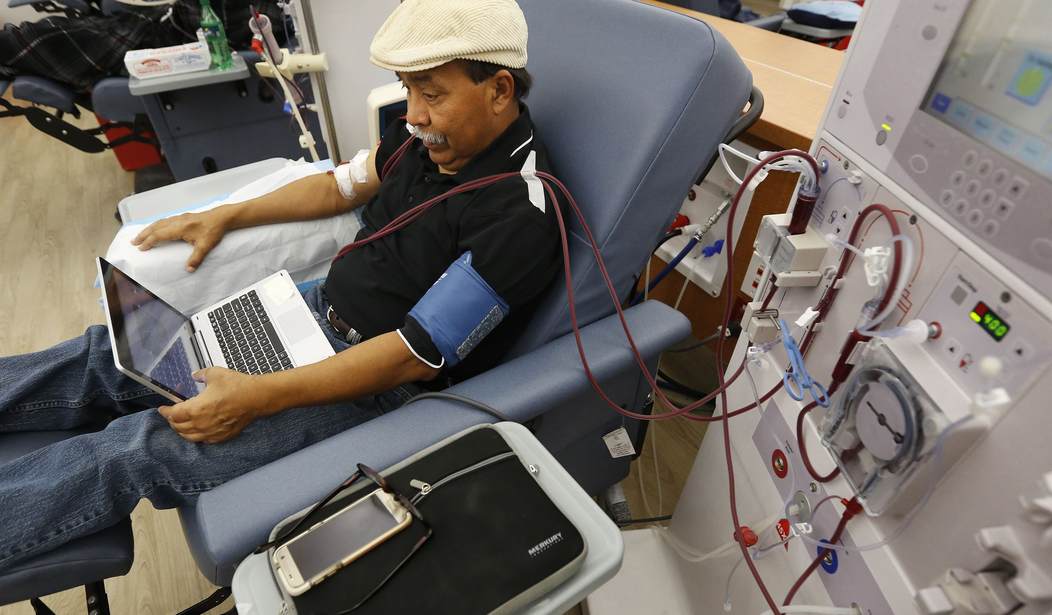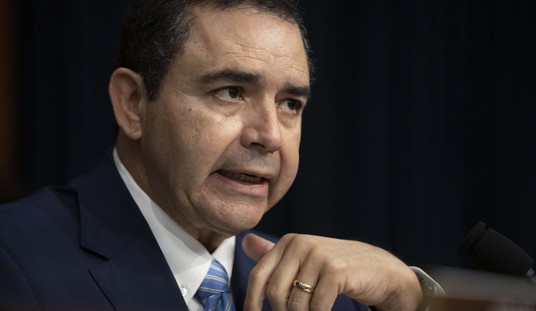“Flatten the curve” was a noble goal for 2020, but the curve only existed due to a half-century-old law. “Certificate of need” laws in nearly three dozen states protect health care cartels, but wreak havoc on society amid a pandemic.
Of all the red tape tying up the market for health care, the “certificate of need” (CON) laws might be the most obviously useless.
Thirty-four states and the District of Columbia enforce some version, whereby a state board or commission artificially limits the number of hospitals and emergency rooms built or medical devices or services acquired.
The problem CON laws seek to solve is too much access, competition, and investment in the health care industry. You read that right.
The idea goes back to 1964 when New York adopted the first CON law. It was theorized that free-market competition incentivized healthcare providers to overbuild and then overcharge patients or overhospitalize them to cover the extra costs.
In 1974, Congress encouraged other states to follow New York’s lead in order to receive federal funding. The National Health Planning and Resources Development Act led to 49 states passing their own CON laws, but in 1986, Congress ended its CON requirement for federal funding after seeing no financial benefit, according to the Institute for Justice.
The process to be approved for a CON can take years and cost millions of dollars, according to lawyers Aaron Gott and Jarod Bona of the competition and antitrust law firm Bona Law PC. There is always the risk of being denied for whatever reason, and then all the effort would be a waste. What kind of provider could afford that risk?
Recommended
In Virginia, for instance, a CON application may be rejected if the new building or machine would “undermine the ability of essential community providers to maintain their financial viability.”
According to the Mercatus Center at George Mason University, nursing homes and long-term care providers must get permission to add more bed space in 34 states. Twenty-eight states require hospitals to get approval before adding beds.
Thankfully, 22 of the 34 states rolled back their CON laws in response to the COVID-19 pandemic, according to the Pacific Legal Foundation. Unfortunately, the damage was already done and it’s quite possible the rules will be reinstituted once the coronavirus spread subsides.
It’s hard to imagine a CON law in almost any other industry. Regulations often have so-called unintended consequences that limit new competition from rising up against bigger businesses, but the CON laws are easier to see through. Should grocery store chains decide when a new grocer comes to market? What if Facebook, Twitter, and YouTube decided there was no more need for alternative social media platforms?
Defending the history of consolidation in the health care industry isn’t easy either. In 1980, there were more than 1.3 million hospital beds, whereas in 2015 that number dropped to below 900,000, despite a population increase of more than 94 million.
Now, the drop in hospital beds is not solely attributable to CON laws, but how many more beds would have been nice to have in 2020? As of May 8, over 77,000 have died with COVID-19 in the US alone. It is uncertain how many deaths for lack of cancer screenings, kidney treatment, and other services will occur.
Additionally, more bed space for nursing homes and long-term care facilities could have mitigated some of the risk of explosions in coronavirus transmission.
At a time when tens of millions of Americans are out of work, it’s worth considering every little thing that contributed to the rush to shut down the economy. How much less of a curve would have needed flattening if more facilities and services were freely brought to market?

























Join the conversation as a VIP Member